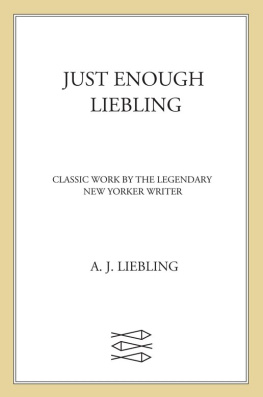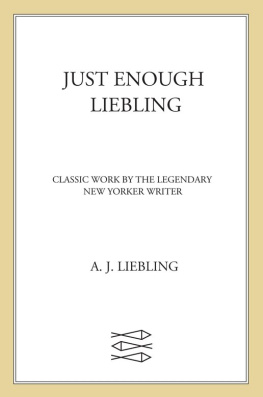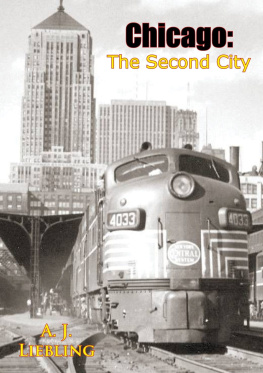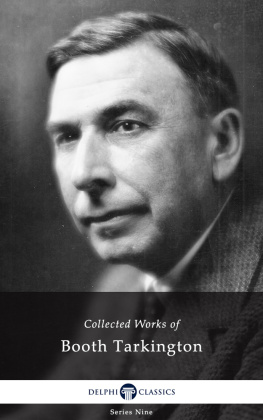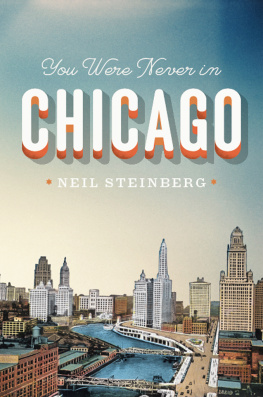introduction
by Luc Sante
Unless you think it stands for a slightly tarnished category of theatrical entertainment, you are probably under the impression that Broadway is merely a street. That street is either the original model, which begins at the foot of Manhattan and runs up to somewhere near the Canadian border, or one of its lesser replicants, the kind Wilson Pickett found in every burg, each of them invariably containing a bar, each bar containing a woman. The idea of main stem is still attached to Broadway, but that is the last vestige of its former glory Broadway was once a culture unto itself, with its own tribes, castes, customs, and language. It was somehow connected to the entertainment industry, but its compass was broad, extending well past the theaters. It took in costumers' ateliers and actors' boardinghouses, tradepaper publishers and vaudeville agencies, flea circuses and pokerino parlors, pawnshops and cafeterias, hair salons and painless dentists that catered to chorines and voice coaches and supperclub magicians and intinerant Swiss bellringing troupes. It also sheltered a substantial parasitic population, of chiselers and percentage players and seekers after the main chance, of all degrees of probity or the lack thereof and at all stages on the road of life. Even dineanddash specialists and stormdrain fishermen and people who spent their waking hours sitting in hotel lobbies had a purpose, however occult, in that complex ecosystem.
Somehow, though, the students of Franz Boas at Columbia did not consider the folkways of Broadway to be as worthy of their interest as those of the Trobriand Islands, and so the task of anthropological investigation was left to the newspapers. These did a decent if unscientific job of it, at least in disseminating the substance of their findings among the general population, so that the proverbial inhabitants of Oshkosh, if confronted by a green suit with a windowpane check picked out in magenta, would instantly identify it as a Broadway suit. Newspaper readers could retell jokes that had allegedly been hatched along the counter at Lindy's, and had a rough idea how many paces separated the stage door at the Winter Garden from the nexttolatest venue of a notable floating crap game. This was all glamourstuff, of course, roneotyped by Walter Winchell and airbrushed by Damon Runyon. The more subtle business, which occurred well away from the footlights and among characters less likely to own more than one hat, was left for the feature writers, who did not tend to be syndicated. It did not catch a nationwide audience until the mid to late 1930s, when several of the best of these writers fetched up at a magazine that had once primarily covered the bon ton, The New Yorker.
A. J. Liebling, along with his colleagues Joseph Mitchell and Meyer Berger (who was at The New Yorker only briefly, an interlude in a long career mostly spent at the New York Times), introduced into those pages all manner of flotsam and riffraff, which they refused to play for cheap laughs or moral scores, treating them instead with seriousnessnot solemnityand even respect: mitt readers, bearded ladies, street preachers, bailbondsman, racetrack psychics, promoters of all sorts. Their study of Broadway was so intensive that, for example, Meyer Berger could not only detail the existence of an entire society of chiselers, giving an hourbyhour breakdown of a typical nonworking day, but could go so far as to name the specific street corners on which chiselers from different parts of the country tended to forgather (Southern chiselers on 49th and Seventh, New England chiselers on 46th and Broadway.) For Berger, who hailed from Brooklyn, the study of Broadway was a chapter in a lifelong celebration of the hidden byways of New York City, which culminated in his beloved Times column of the 1950s, About New York. Mitchell, from North Carolina, also devoted his life's work almost exclusively to the city, and his recurrent interest in Broadway was one facet of his poetic contemplation of urban microsocietiesfishermen, Gypsies, Bowery bums with roots that went back at least to the Middle Ages, if not to the Paleolithic Era.
Abbott Joseph Liebling, known to one and all as Joe, was actually born in Manhattan, in 1904, but for him New York City and its inhabitants figured among a vast constellation of interests he returned to episodically over the course of his thirtyoddyear career. Although he was comfortably rearedhis father, who had worked his way up from the Lower East Side, was prominent in the fur tradehe maintained an inclination toward lowlife from his youth onward, and he had a knack for finding its traces and effects everywhere, including medieval history and early French literature. After his expulsion from Dartmouth (for repeatedly cutting chapel; he later completed his degree at Columbia), he went to work for the New York World, and then for its successor, the WorldTelegram, where he wrote many of the short features that are collected in his first book, Back Where I Came From (1938). The World was a firstclass paper; the WorldTelegram was decidedly not, and Liebling suffered there (anyone confused as to why a profile of the head of the ScrippsHoward Syndicate should be included in this, a book about riffraff, should know that Roy Howard was the WorldTelegram's founding publisher; both the profile and its placement were acts of revenge).
In 1935 he went to work at The New Yorker, where he first made his name with a profile of the Harlembased deity Father Divine, written in collaboration with St. Clair McKelway. The piece in this book, along with about half the contents of Back Where I Came From, were written in the period immediately thereafter, between 1936 and 1939. The first things that will strike the reader about Liebling upon starting to read The Telephone Booth Indian are his sense of humor, his virtuoso ear, his timing, his sense of styleand his boundless capacity for appreciation. This appreciation was first and foremost linguistic. As his New Yorker colleague Philip Hamburger wrote, Tinhorn entrepreneurs who called the Club Chez Nous the Club Chestnuts sent him joyously humming, in a state of euphoria, to his typewriter. Liebling as a reporter was among other things an impresario, with a nose for linguistically gifted civilians, such as Morty Ormont, the renting agent of the Jollity Building (whose expression has been compared, a little unfairly, to that of a dead robin), whose phrasings and coinages make him in effect a contributor to the piece in which he figures, not simply a subject. Reflecting a modernist sensibility, Liebling the impresario saw art in outcomes rather than intentions; thus he made no special distinction between epigrammatists who successes resulted from their imperfect command of English idiom (the boys at the I & Y Cigar Store: Hymie is a man what knows to get a dollar) and those whose effects were calculated (the great boxing cutman Whitney Bimstein: I like the country. It's a nice spot).
Liebling also had an eye for the beauty of a con, and if this book has a hero, it is a man who, lying low somewhere, is present only in conversational reference: Maxwell C. Bimberg, aka Count de Pennies (who, according to Liebling's biographer, Raymond Sokolov, was actually a promoter named Samuel J. Burger). The telephone booth Indians may be gardenvariety schemiels, the cannon fodder of swindling, but the Count is an artist. And if Broadway is a microcosm of the human condition, then the Jollity Building is a thimbletheater representation of Broadway, an entire world contained in a single, squat, shabby office building, whose tenants all have their eyes on the prize while they are struggling to assemble twentyfive cents. Most of the subjects of the other pieces can also be termed promoters, including Roy Howard and the Shubert Brothers, who are shown as merely more successful representatives of the species and even they were arguably to be outdone over time by Tim Mara, the teenage bookie who went on to found the New York football Giants and whose family owns the team to this day. The book finally has a pleasing fullness, as a delineation of an American economic food chain based on guile and palaver. The steep stratification of this edifice is something that can otherwise be found only in the pages of Balzac.


